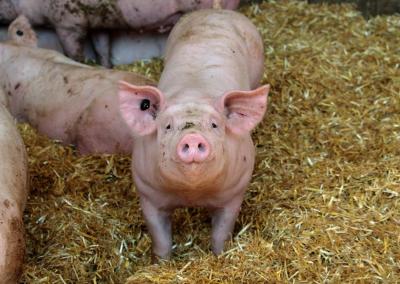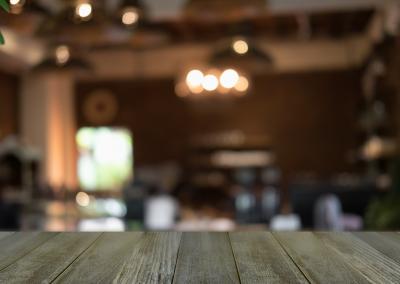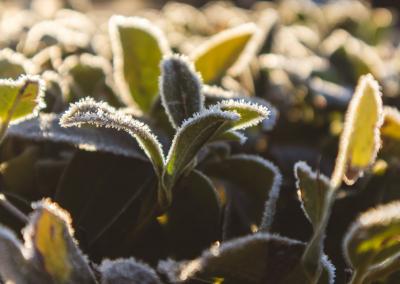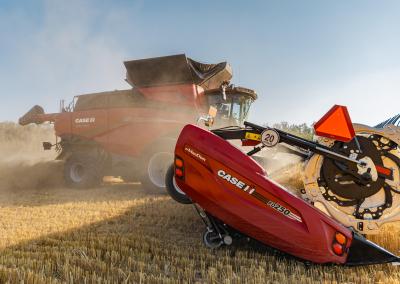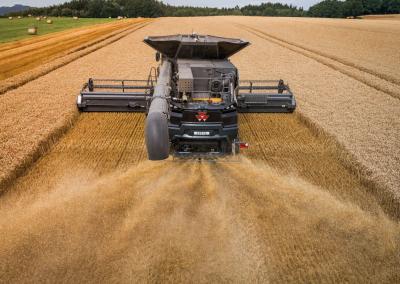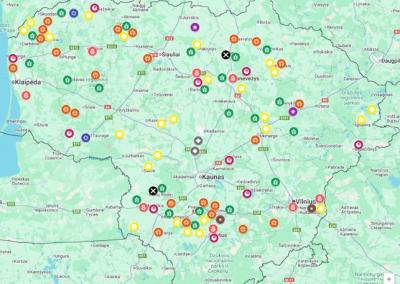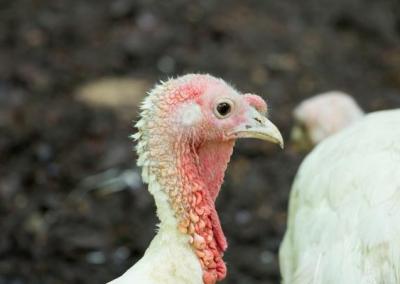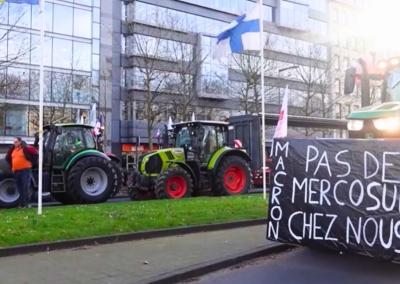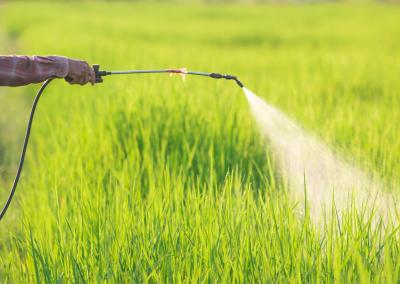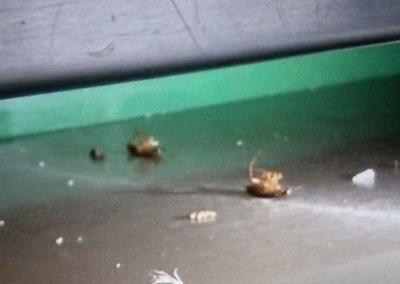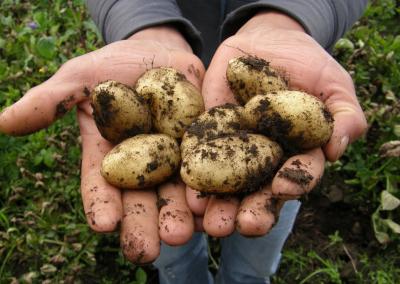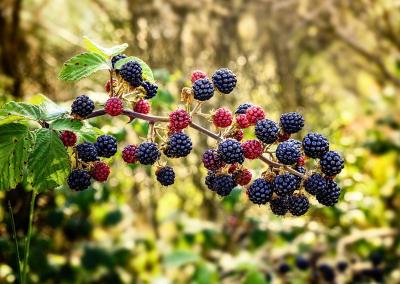Preparing strawberry bushes for winter
Autumn strawberry pruning
The debate on whether it is necessary to prune strawberry leaves in autumn has been going on for decades and is still going on. From the point of view of pruning advocates, old leaves and stems are prone to the development of diseases, harmful insects and fungal spores, so it is better to remove them, leaving only the short stems. Opponents believe that a shrub cut down for the winter will devote all its energy to the formation of new leaves and will end up weakened under the snow, which will adversely affect fertility in the following season.
The truth lies in the middle: you can either prune strawberries immediately after harvest to give them time to form new lush foliage before winter, or you can prune strawberries in the autumn, removing only the wilted and diseased leaves. The main protection of a strawberry bush against cold and wind is its luxuriant leaves, so strawberries should not be left completely leafless for the winter. Dead old and diseased leaves should not be left in the beds between the rows of strawberries.
Remontant strawberries are not harvested in autumn, only diseased and damaged leaves are removed when the weather turns cold. This is done very carefully to avoid damaging the root system.
Mulching strawberries in autumn
Mulching strawberry beds in autumn should be done after the first frost. Shrubs that have survived the freezing temperatures will be more established and more able to withstand the winter.
The best "blanket" for overwintering strawberries is snow cover. It is snow that can provide a reliable cover for strawberry bushes and protect them from freezing, winter soil drying and other hardships. But what if there is no snow in your area in winter?
In this case, it will be up to the gardener to play the role of caring nature. Strawberries need to be covered for the winter, and nowadays there are plenty of ways and materials to do this. The easiest thing to do is to mulch the strawberry bushes with plant material in autumn.
The ideal mulch for garden strawberries is pine needles – they don't get wet, stick or attract mice. If pine needles or spruce branches are not available, choose another suitable mulching material – straw, compost, rot, etc.
When using agri-film for winter cover, it is not recommended to place it directly on the strawberry leaves – this will cause the strawberries to freeze where they come into contact with the agri-film. For such covers, semi-circular hoops should be fitted and the agri-film stretched over them. The best density of agri-film for strawberry coverings is 60 g/m².Feeding strawberries before winter
In the process of forming the strawberry bush, the strawberry bush has expended a lot of energy. Therefore, the exhausted plant needs to be helped to recover – after pruning, it needs to be fertilised with organic matter.
In total, strawberries need to be fertilised 3 times a year: before flowering, after harvest and in autumn before overwintering.
Some strawberry growers use a 10% solution of cow manure mixed with ash, some use a solution of poultry manure, and others opt for specially formulated complex fertilisers.
Ledder ash. Dilute 1 litre of ash in a bucket of hot water and leave to settle for 2-3 days. Water strawberries at the roots using 0.5-1 litre of ash infusion per bush.
Cow manure. It should be diluted 1:10 with water. Leave the solution to settle for 1 day in a warm place. Water the bushes: 1 litre of the manure solution per strawberry bush. When watering, make sure that it does not get on the leaves, unless the bushes have been cut back.
Spoon manure Dilute 1:20 with water. Allow to settle for 2 days and then water the strawberries between the rows at a rate of 1 litre per bush.
Watering strawberries in autumn
After harvest, strawberries still need care and attention. So never hesitate to water strawberries in autumn. Of course, both watering and whisker removal must continue. Strawberries that are not watered in autumn may simply not survive the winter.
The last watering before winter should be done once every 7 days in October-November (if the weather outside is dry). If the autumn is dry, water the strawberry beds regularly from October onwards: at least 5-7 litres of water per square metre per week. The autumn watering of strawberries is discontinued when the rains start. If it rains frequently and the soil is saturated with moisture down to the roots, there is no need to water the strawberries.
Autumn protection of strawberries against diseases and pests
In September-October-November, the signs of all diseases are more visible than ever on strawberry bushes. This is a good time to treat strawberries with disease and pest control products. However, before treating strawberries in the autumn, weeds that interfere with the ventilation of the bushes and deprive them of part of their nutrition should be removed.
This process has its subtleties - it is not advisable to weed strawberries in autumn as there is a risk of damaging the strawberry's root system, which will not have time to recover before frost. Weeding in late summer or treatment with any safe herbicide would be the best option. After the strawberry beds have been cleared of weeds, treatment and insect-pest control can begin.


